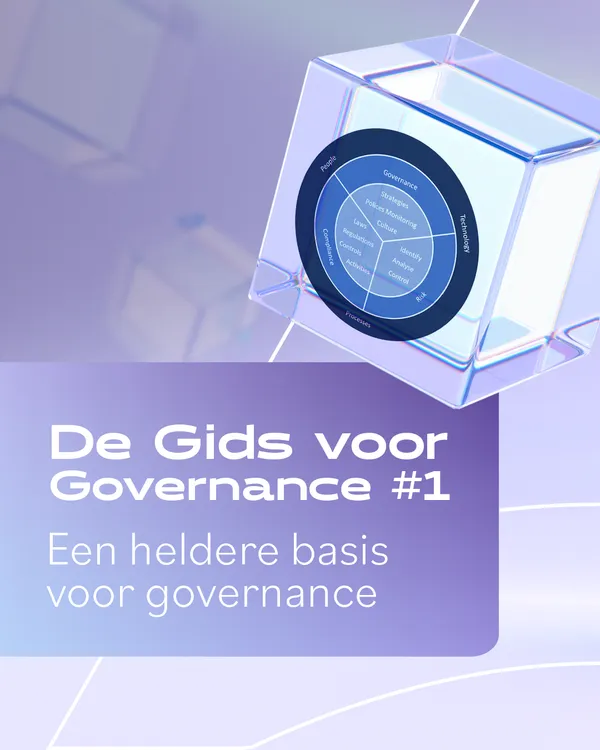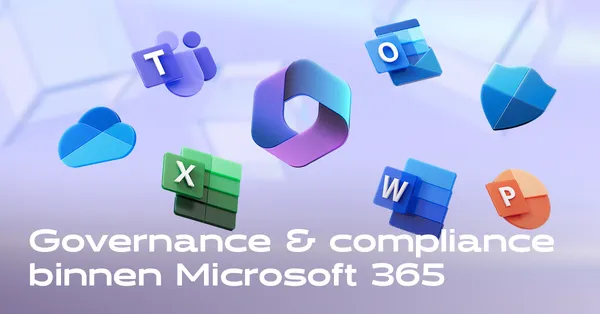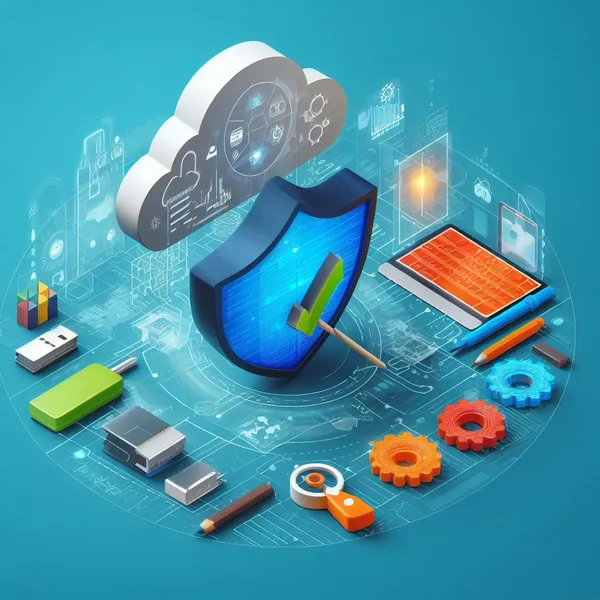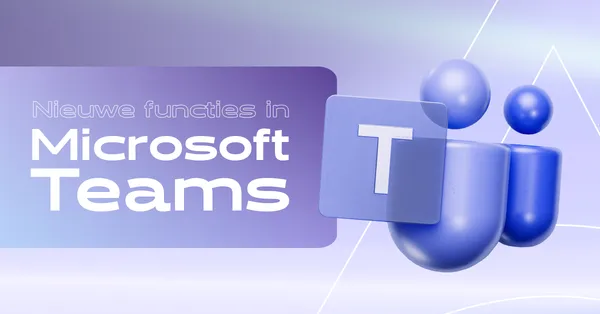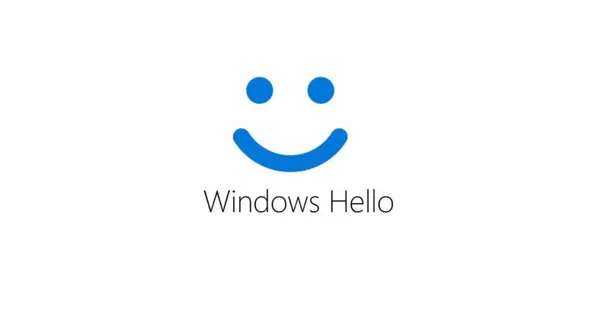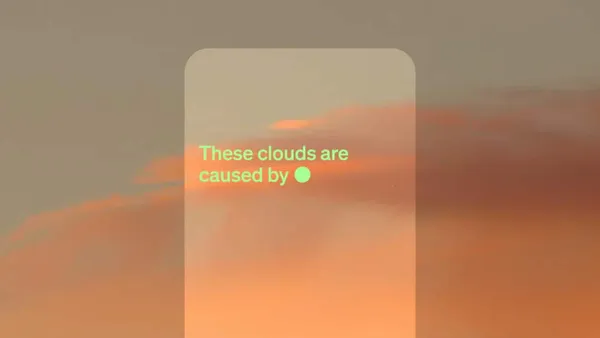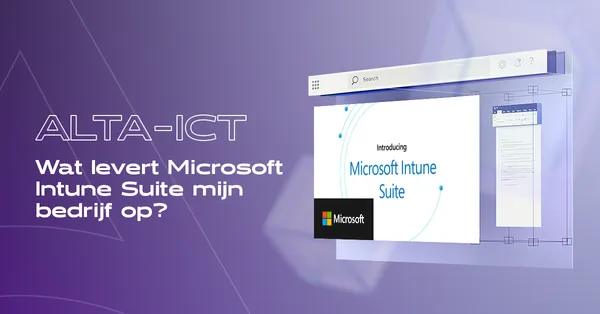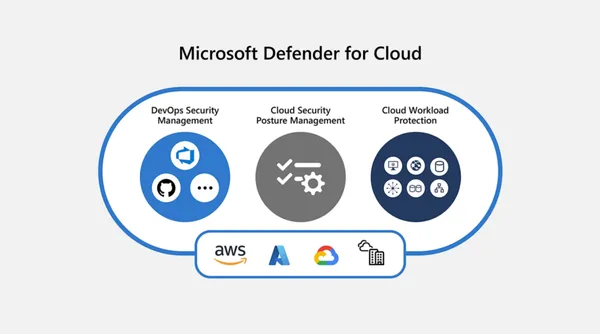
Knowledge base
April 30, 2023
Why learn Power BI? Discover the benefits of Microsoft’s powerful analytics tool
If you are interested in a career in data analysis – or really any job where you will be working with data on a regular basis – you owe it to yourself to at least consider learning Microsoft Power BI.
We’ll get into why in a moment, but first let’s answer the question What is Power BI?
What is Microsoft Power BI?
Microsoft Power BI is the leading business intelligence platform with more than 115 million users and growing. This is the data solution of choice for businesses around the world. In 2020, the Power BI market represented more than $20 billion, and that number is expected to double by 2026. The demand for Power BI is huge and still growing.
So what is the secret of Microsoft Power BI’s success? It is secure, it integrates a lot of technology in one convenient place, and it is easy to implement. These factors make it a no-brainer for many companies.
Essentially, Microsoft Power BI is a collection of software services, apps and connectors that work together to transform your unrelated data sources into coherent, visually compelling and interactive insights. You can connect it to any type of data source and build powerful data visualizations.
Looking at the Microsoft Power BI website, you are told in big letters that you can “bridge the gap between data and decision making.
For example, imagine you have mountains of data on consumer spending patterns. You need to break down that data to find the useful patterns and then compile that data into a report that a product department can understand and study to plan releases. That is exactly the kind of task you would use Microsoft Power BI for, which is why Power BI skills are so important for aspiring data analysts.
Still not convinced? Let’s dig deeper and look at seven reasons why learning Power BI is worthwhile.
1. It is powerful
At its core, Power BI consists of three main technologies:
Power Pivot
Power Pivot is “a data modeling technology that allows you to create data models, relationships and calculations” (Microsoft). You can use Power Pivot to work with large data sets, build relationships and perform calculations, all in the same place.
Power Query
Power Query is Microsoft’s technology for data connectivity and data preparation. It lets you access data from hundreds of different sources, from CSVs to SQL databases, and customize that data to suit your needs. You don’t need any code to use Power Query, and it offers an intuitive, easy-to-use interface.
Power display
Power View allows you to visually shape and explore your data. It is a very powerful visualization technology that allows you to create charts, graphs, maps and many other types of data visualizations to build easy-to-understand, interactive reports and dashboards. You can use it in Excel, SharePoint, SQL Server and Power BI.
The power of all three of these technologies in combination makes Power BI a one-stop shop for many data analysis tasks, as it can ingest data from almost any source or sources your business uses; with it, you can perform all the necessary data cleansing, organization, transformation and additional calculations; and then it formats everything into charts and other visualizations with simplicity of drag and drop. And it can do all that, even if you are working with very large data sets – hundreds of thousands of rows or even more.
2. Anyone can learn it
Power BI is very powerful, but don’t let that put you off: it has a learning curve that is actually quite friendly. Like any new application, it still takes some time to wrap your head around – that’s what our Power Bi courses are for! But if you already have some experience with Excel, Power BI won’t feel too different once you learn the basics.
In some ways, Power Bi is even easier to use than Excel. For example, once you get the hang of it, creating complex visualizations in Power BI is a breeze and can be done much faster than in Excel.
Here at Dataquest, we believe that anyone can learn to code, and learning programming languages like Python and R unlocks a fairly unlimited world of data analysis possibilities. But there’s no denying that Power BI, with its visual user interface and drag-and-drop interface, is likely to take less time than a new coding language for aspiring data analysts who don’t yet have programming experience.
(And if you have programming experience, Power BI can integrate custom Python and R code you write, so you can do even more!)
3. It is a much-needed skill
Numerous jobs are currently recruiting for candidates with Power BI skills. You can easily confirm this yourself: just search for “Power BI” on a job site such as LinkedIn Jobs. At the time of writing, for example, LinkedIn lists 187,065 jobs that include “Power BI.
That’s because Power BI, thanks to both its power and its seamless integration with microsoft’s suite of other professional tools and applications – which thousands and thousands of companies use – is a logical tool for any organization that wants to better understand this data. And today that describes just about every company on earth.
Adding Power BI skills and projects to your resume will show employers that you have the data analysis skills they need and that you are already working with an analytics tool that integrates well with other tools and databases they probably already use.
4. It can help you start a new career
As we mentioned, Power BI is an important skill for aspiring data analysts. Its relatively easy learning curve makes it a great way for aspiring analysts to get a foot in the door in the industry. But because it is so powerful and can address many complexities, it is not just a “beginner” tool. Employers know that analysts with Power BI skills can handle even advanced analysis tasks.
It is also worth noting that many employers need analysts with Power BI skills because they have already invested heavily in the Microsoft ecosystem, and no other approach to data analysis works as seamlessly as Power BI in that context. Even if you have advanced programming skills, you may find that potential employers are more interested in your Power BI skills because they know that it allows you to easily produce reports, dashboards and apps that everyone in the company can easily use.
And Power BI is also a valuable skill in many other career paths. Look at job postings that mention Power BI and you’ll see job titles like “Power BI Data Analyst,” as well as job titles like this…
- Marketing Specialist
- Data coordinator Project manager
- CX analyst
- System Administrator
- BI Developer
- Bioinformatics analyst
- Performance Analyst
- Project Engineer
. . . and much, much more. That’s because nowadays working with and understanding data plays a big role in many jobs. Even if you do not aspire to work as a full-time data analyst, showing employers that you have the skills to analyze and visualize the data related to the work you do can give you a big edge over the competition.
5. It makes visualizing data easier
In a business context, your data analysis is only worthwhile if it is understandable enough to influence decisions. And since people are not good at retrieving patterns from spreadsheets with thousands or millions of rows, that generally means visualizing that data.
And while there are many ways to visualize data, few are as simple as Power BI’s drag-and-drop chart-building interface. Once your data is cleaned and ready for analysis, you can use Power BI to create beautiful, interactive visualizations that unlock meaningful insights in literally seconds.
Other data analysis utilities such as Excel, Python and R can also create charts, of course, but none of them are as quick and easy as Power BI can be once you master the basics.
6. It can handle big data
If you’ve ever tried opening a spreadsheet with hundreds of thousands of rows in Excel and then using it to perform any kind of calculations, you probably know that while it’s a great tool for working with data, it’s not really designed for working with big data.
Power BI was. It allows uploads of datasets as large as 10 GB, and it can actually work with datasets even larger than that with the right settings enabled.
If you want to work with big data but prefer a GUI to writing code, Power BI may be the best tool for the job.
7. It’s fun!
Granted, this is subjective, but there is something very satisfying about working with Power BI. Cleaning up data is quick and fairly intuitive, and once you have everything ready for visualization, it’s fun to drag and drop data into different chart types and see what kinds of patterns you can discover.
And because it is also a tool for creating presentations and dashboards, it is satisfying and fun to make your charts look beautiful. Plus, built-in tools for sharing reports and dashboards (including mobile-friendly ones) means you can show the fruits of your labor to anyone interested.
Source: dataquest
Want to know more?
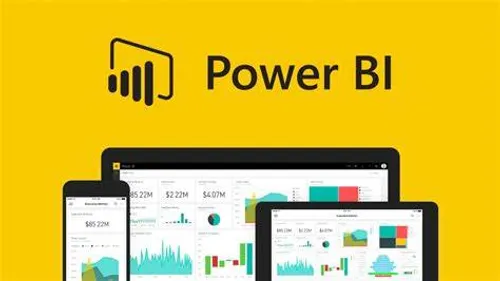
Related
blogs
Tech Updates: Microsoft 365, Azure, Cybersecurity & AI – Weekly in Your Mailbox.

